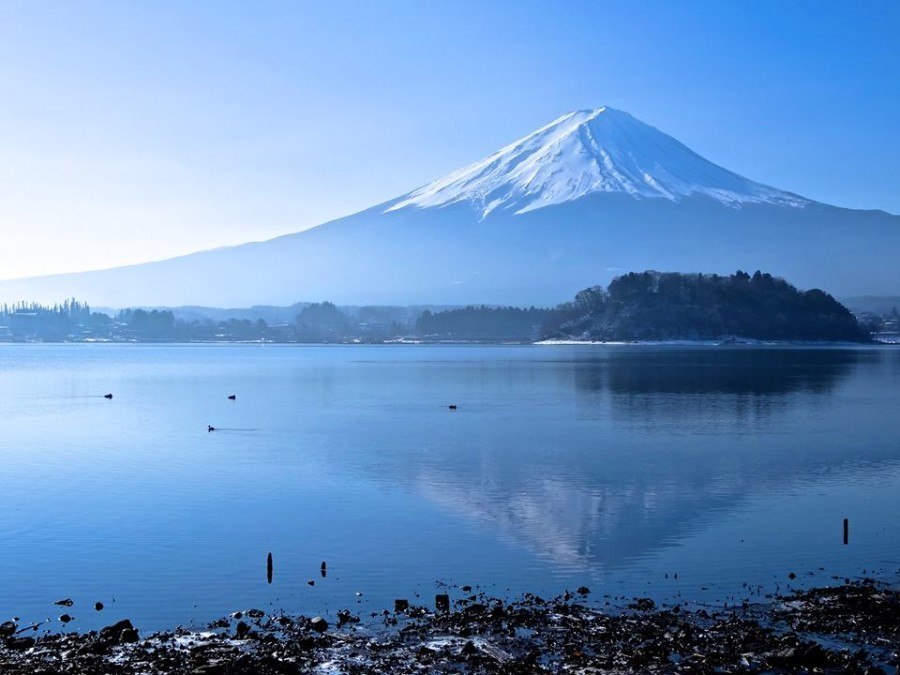Like this post? Help us by sharing it!
The phrase ‘less is more’ has never been better applied than to the Japanese art of the haiku; why write stanza after lengthy flowery stanza when you could spread a handful of well-chosen words over three lines?
What is a haiku?
The rules of this traditional Japanese poetry can inspire lengthy debate, but generally a three-lined poem with a 5-7-5 syllable structure, and kigo (reference to the season) is considered a haiku.
Where did they come from?

Although the modern term ‘haiku’ was coined by Matsuyama native Masaoka Shiki in the 19th century, famous Edo-period poet Matsuo Bashō is credited with writing ‘hokku’ two-hundred years prior. They, along with poets Yosa Buson and Kobayashi Issa who span the centuries in between, are considered the ‘Great Four’ masters of haiku.
With striking seasons in Japan, they didn’t need to look far for inspiration. Wistfully observing Japan’s cherry blossom, or koyo (autumn leaves) could inspire even the most reluctant poet.
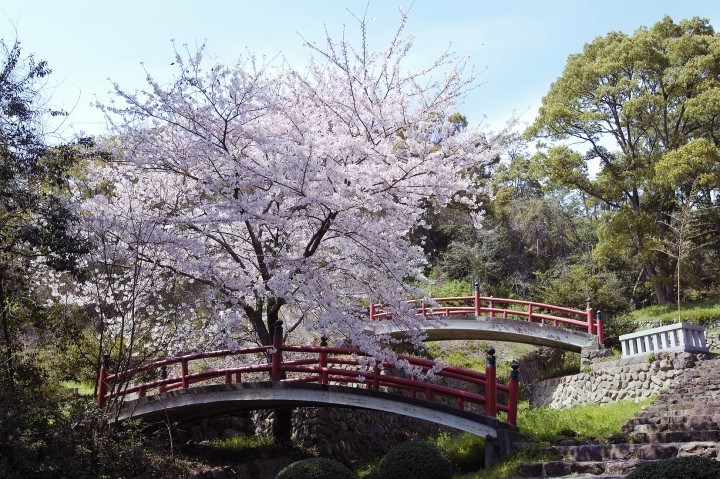
In Basho’s words:
How many, many things
They call to mind
These cherry-blossoms!
To those more familiar with poetry that rhymes, haikus can seem a little, well, off, on first read. The translation of rules between the Japanese and English language changes the meter; in English we associate the 5-7-5 structure with syllables, which makes it sound different to its Japanese original.
How to write a haiku
For our enthusiastic amateur purposes we’re loosely embracing the basic tenets. Rules are made to be broken after all! While you can write haikus anywhere (and we heartily recommend that you do), where better to channel the ‘Great Four’ than in Japan?
With dancing cranes in the snow, a cruise through great carpets of chunky drift ice and the sight of snow monkeys warming up in their very own onsen (hot spring bath), the Winter Highlights small group tours experience some of Japan’s most evocative scenes.
Tour leader Steve Parker’s group penned their own haikus while away. Have a read, then have a go at writing your own – you never know, you might be a modern haiku master in the making.
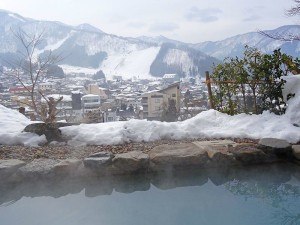
I like a hot spa
It makes me hot and dreamy
Thank God for the snow
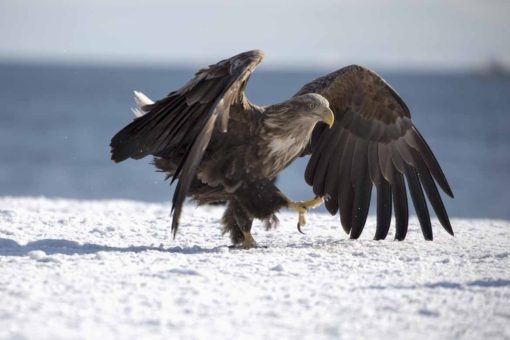
Deep Hokkaido snow
Eagles feast on thrown fishes
Monkeys relish warmth

We walked Tokyo’s streets
Drenched in neon wonderland
The tour ends tonight
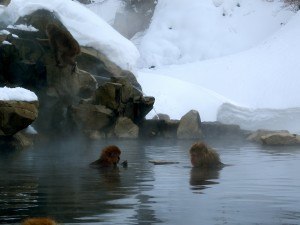
Monkeys like to bathe
In the hot spa in the rocks
Shame I can’t join them

Raw fish not again
For breakfast, for dinner for
Breakfast for dinner
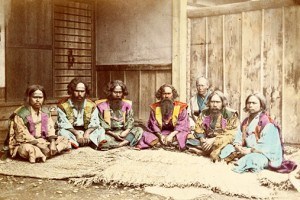
Arrow in moustache
Hokkaido Ainu people
Deep snow in prison
Inspired? Join our Winter Highlights small group tour and you’ll be scribbling short snow-inspired stanzas in no time. A heads up – as one of our most popular tours, spaces do fill up particularly fast on this one.


